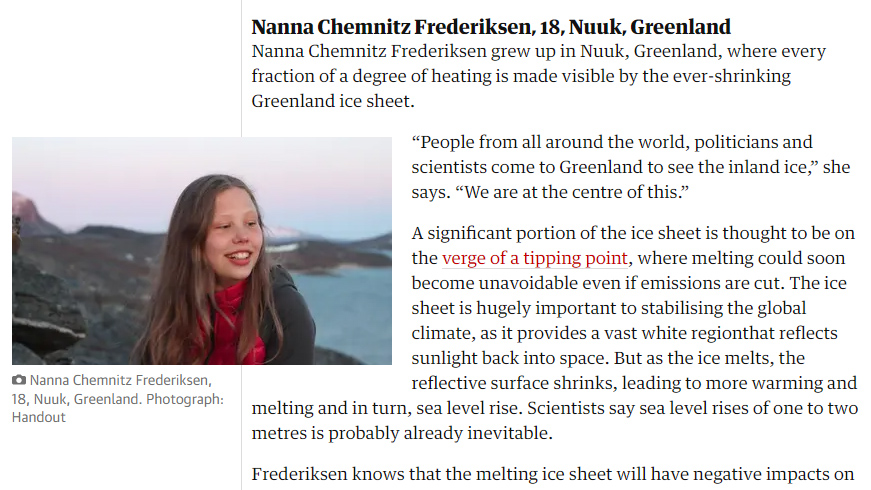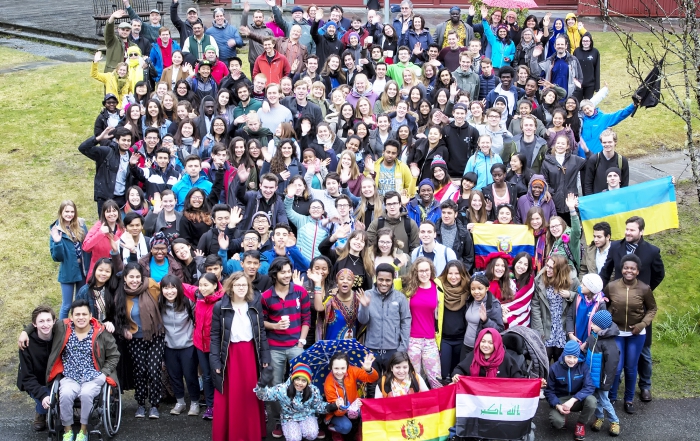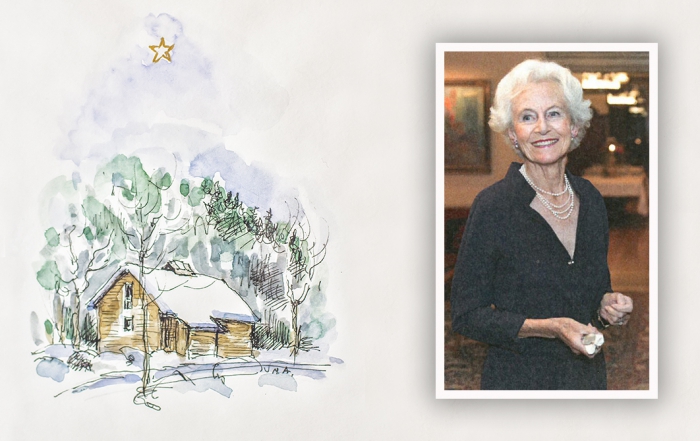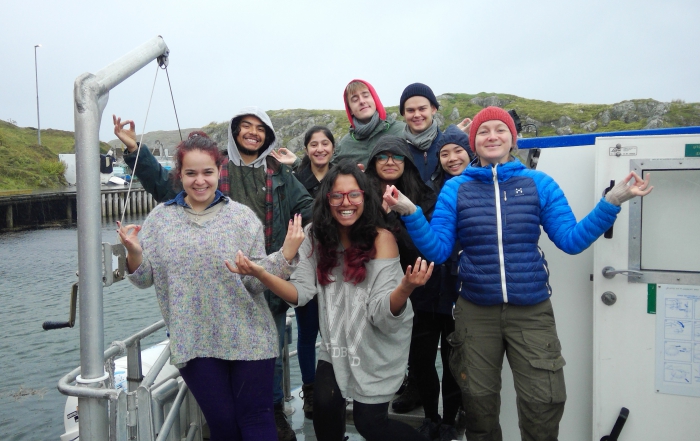“People from all around the world, politicians and scientists come to Greenland to see the inland ice,” she says. “We are at the centre of this.”
A significant portion of the ice sheet is thought to be on the verge of a tipping point, where melting could soon become unavoidable even if emissions are cut. The ice sheet is hugely important to stabilizing the global climate, as it provides a vast white region that reflects sunlight back into space. But as the ice melts, the reflective surface shrinks, leading to more warming and melting and in turn, sea level rise. Scientists say sea level rises of one to two metres is probably already inevitable.
Frederiksen knows that the melting ice sheet will have negative impacts on communities across Greenland, especially in northern settlements such as Qaanaaq where permafrost melting is destabilizing homes and roads and impacting how fishers and hunters operate.
But her real concern lies on the impact it will have globally. “I am not so scared of what the effects of the melting of ice in Greenland will be,” Frederiksen says, “It scares me what effect it can have for the rest of the world.”
Latest News
Are you our new Rektor?
UWC is a global education movement uniting people, nations and cultures for peace and a sustainable future. UWC Red Cross Nordic, established in 1995, is situated in Flekke, Fjaler Muncipality 150km north of Bergen on the [...]
Book Launch & Exhibition in Oslo
On the 1st November 2017, Orfeus Publishing launches ‘Slottet - Familien - Kunsten’ (‘The Palace - The Family - The Art) - a biography of Marianne Andresen, written by Nanna Segelcke. Marianne has been one of UWC Red [...]
Question: What is Peace?
Early on Sunday 8th October, a group of 9 RCNers headed to the remote island of Gåsvær, Solund, in quest of peace. The aim was to thoroughly disconnect from the outside world (no mobiles or [...]




